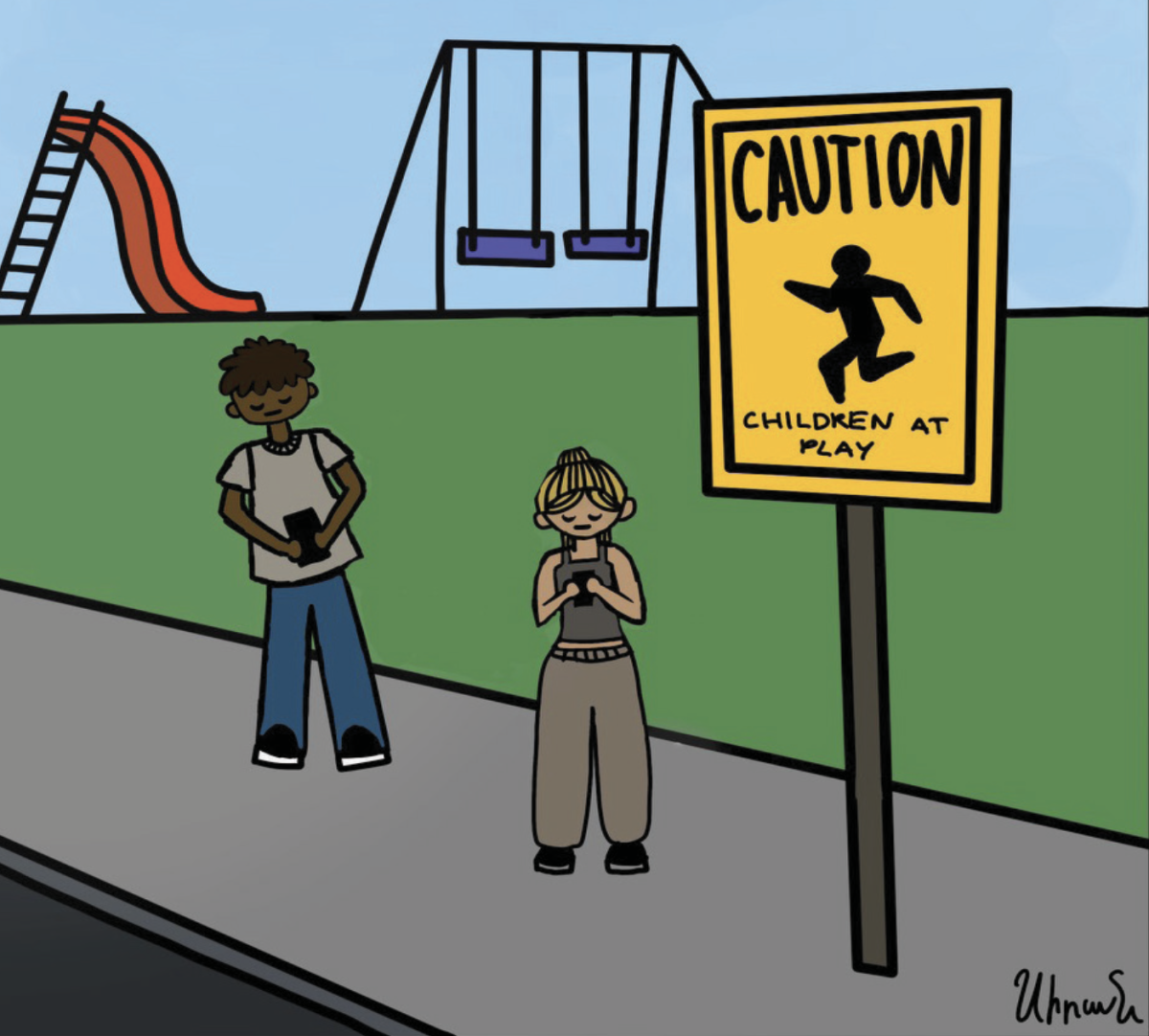Peter Gunness was the headmaster of Browne & Nichols when it merged with the Buckingham School in 1974. To mark the 50th anniversary of the merger, The Bulletin, BB&N’s official magazine, printed an eight-page spread honoring the work of the former headmaster and discussing his legacy, describing it as “both accomplished and complicated.” Mr. Gunness had an “accomplished” 23-year tenure at the Upper School. However, his time at BB&N had a “complicated” ending: Mr. Gunness was charged with failure to report child abuse.
Edward Washburn, an English teacher who taught at the Middle School during Mr. Gunness’ time at the school, admitted to Gunness that he sexually abused students at the school. Mr. Gunness failed to report the abuse, breaking Massachusetts’ mandatory reporting laws. Washburn later was convicted of raping his 13-year-old nephew, who was not a student at the school.
Despite this history of hidden abuse, one would have to carefully search the extensive spread in The Bulletin’s Spring 2024 issue to uncover the truth. To put the length of Mr. Gunness’ feature in context, his spread was one of the longest pieces in the entire issue, second only to the “Then-to-Now” timeline of BB&N since the merger.
The spread on the late headmaster raises a pertinent question: how do we honor those with complicated pasts? One cannot deny that Mr. Gunness played an instrumental role in merging the Buckingham and Browne & Nichols schools, and the numerous notes attesting to his accomplishments and character from his colleagues prove that he positively impacted the school community.
Still, it would be wrong to overlook the abuse that he allowed to persist in his school community. The Bulletin article did not completely avoid the topic but addressed Mr. Gunness’ crimes in only one paragraph out of the entire eight-page spread.
The singular paragraph dedicated to discussing his “complicated” legacy described the situation but used excessively confusing legal terminology, which seemed to bury what actually happened. The paragraph presented as more of a checked-box rather than a full attempt to explain the history of abuse in our school.
As a community, we claim to be a diverse and inclusive space. But what diverse, inclusive, and accountable community shies away from talking about a negative part of the past?
The section about this dark stain on BB&N’s past followed a paragraph explaining that Mr. Gunness was the one to write our school’s motto: Honor, Scholarship, and Kindness. The abrupt transition from accrediting Mr. Gunness with a motto we still follow today, to a discussion of his silence about abuse at the school is abrupt, to say the least.
To acknowledge the trauma that persists from the abuse in the school, the article states, “To this day, more than 30 years later, survivors of abuse at BB&N continue to experience considerable suffering. In addition, memories across the entire alumni community are complicated by what some remember as a ‘sink or swim’ attitude that characterized the school during that era.” This is the entirety of the article dedicated to addressing how the abuse of the school’s past still lingers to this day. It feels inadequate and incomplete to describe the immense trauma of the survivors as “considerable suffering,” and the culture of silence perpetuated at the school as having only “complicated” memories.
We are not saying that we cannot honor a man who did a lot of good in our community despite the bad, because we believe that exploring complicated legacies is important work. However, if we are going to honor his legacy, we must be able to talk candidly about our wrongdoings in the past in order to move forward and progress as a school community.




